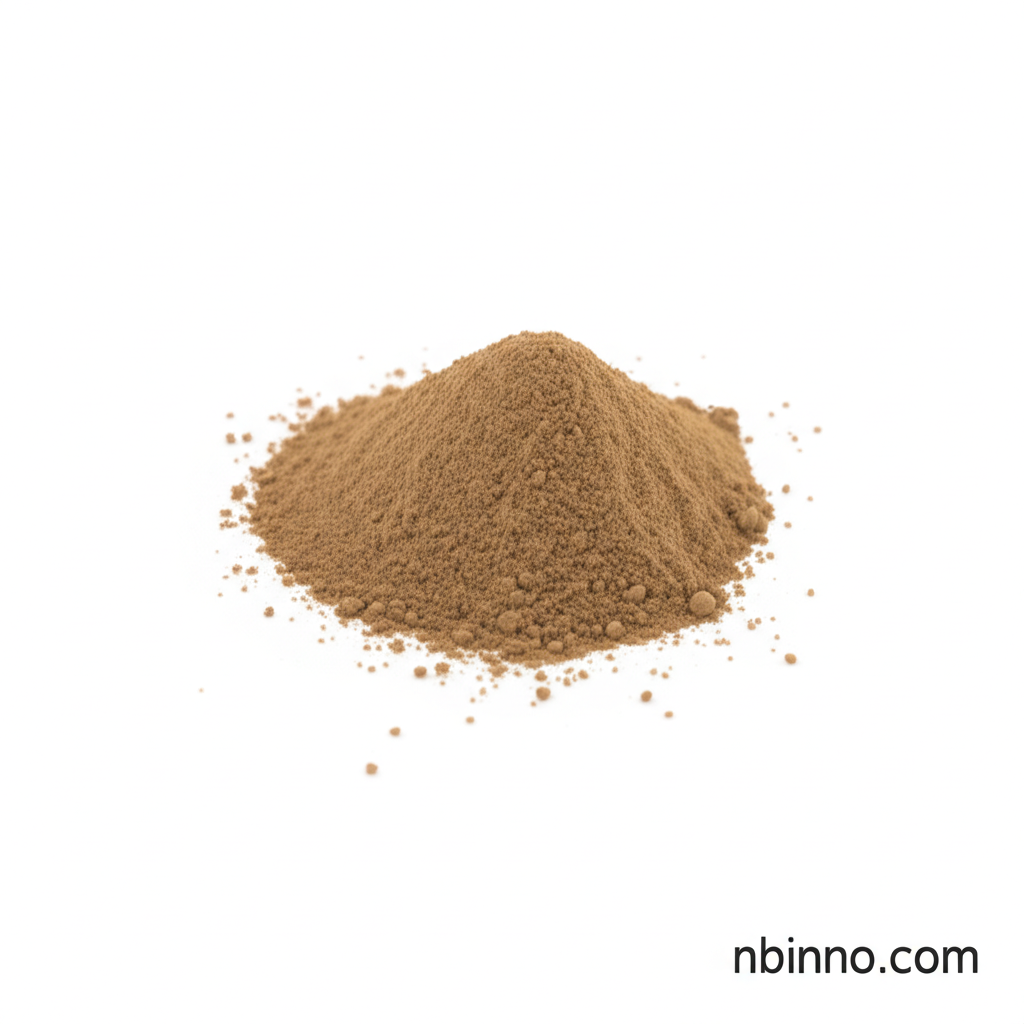1,7-Dichloroheptan-4-one: Properties, Synthesis, and Applications as a Versatile Research Chemical
Discover the key characteristics, synthesis pathways, and diverse applications of this crucial organic compound.
Get a Quote & SampleProduct Core Value

1,7-Dichloroheptan-4-one
1,7-Dichloroheptan-4-one is a pivotal compound in the realm of organic synthesis, serving as a fundamental building block for more complex molecular structures. Its unique combination of a ketone functional group and two terminal chlorine atoms makes it highly reactive and versatile for various chemical transformations. It is widely recognized as a useful research chemical, particularly valued in pharmaceutical intermediate synthesis and as a key component in exploring new chemical reactions.
- This compound acts as a vital intermediate in organic synthesis, enabling the construction of advanced molecular architectures.
- Its characteristic functional groups, a ketone and dichloroalkane moiety, facilitate diverse chemical transformations for creating new compounds.
- The specific properties of 1,7-dichloroheptan-4-one make it a valuable asset for pharmaceutical intermediate synthesis, supporting drug discovery efforts.
- It is frequently used in research settings to investigate novel reaction mechanisms and optimize chemical purification techniques.
Advantages Offered
Synthetic Versatility
The presence of both a ketone carbonyl and two reactive chlorine atoms provides multiple sites for chemical modification, making it a versatile intermediate for creating a wide array of downstream products.
Research Utility
As a useful research chemical, 1,7-dichloroheptan-4-one supports advancements in various scientific fields, from material science to drug development, aiding in the exploration of new chemical pathways.
Reliable Spectroscopic Data
Well-documented NMR, MS, and IR spectral data aid in its identification and purity assessment, ensuring reliable results in laboratory applications.
Key Applications
Organic Synthesis
It is extensively used as a building block in complex organic synthesis, allowing chemists to introduce specific structural motifs into target molecules.
Pharmaceutical Intermediates
This compound serves as a crucial intermediate in the synthesis of various pharmaceutical agents, contributing to the development of new therapeutic compounds.
Chemical Research
Its unique properties make it an ideal subject for studying reaction mechanisms, developing new synthetic methodologies, and exploring the behavior of halogenated ketones.
Material Science
Potential applications in material science are being explored due to its reactive functional groups, enabling its incorporation into novel polymers or advanced materials.
